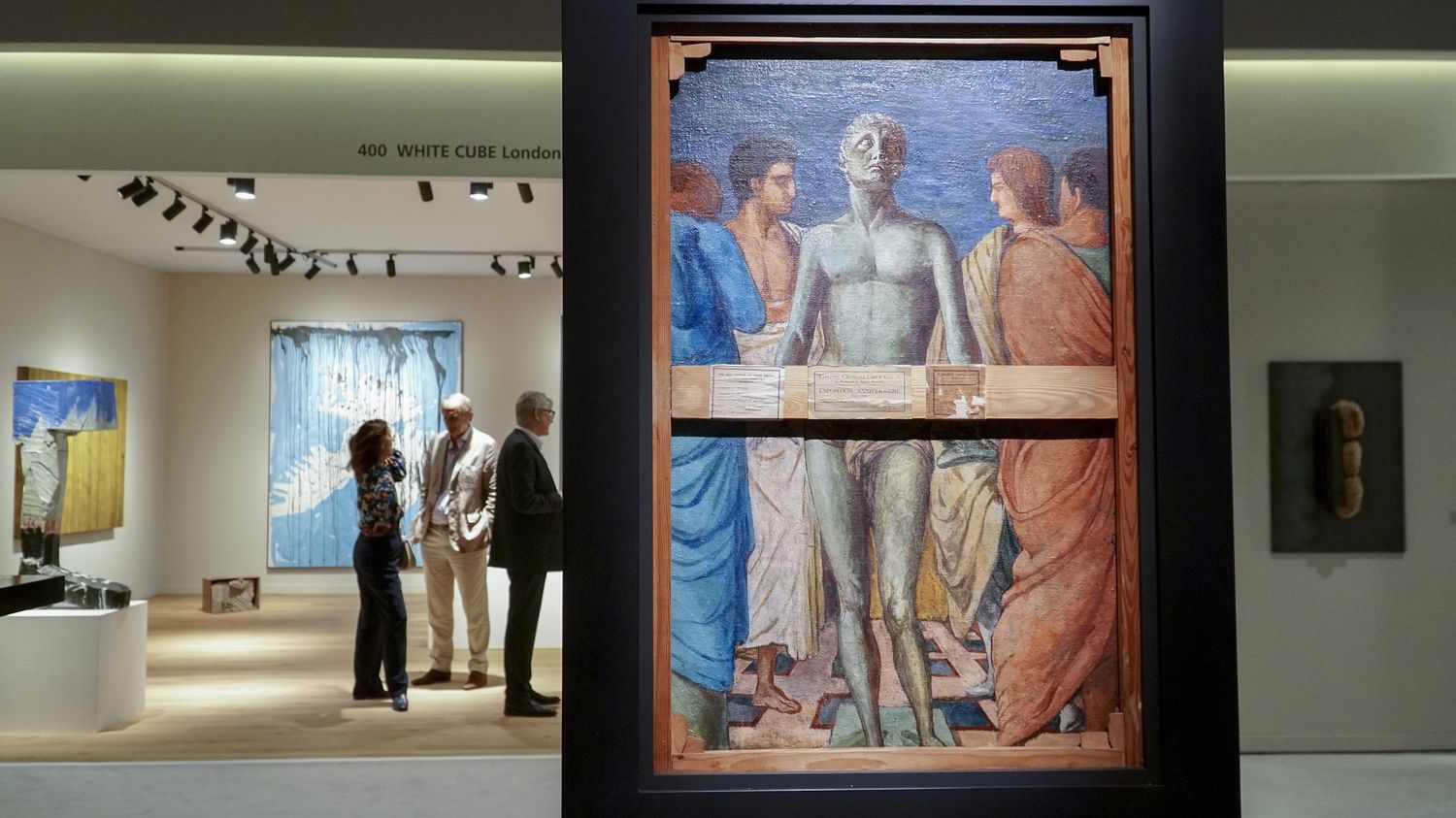The art world is experiencing planetary upheavals, conflicts, war, energy crisis, and the Covid pandemic. José-Manuel Lamarque talks with the art historian, Christophe de Quenetain, a few days before the opening of the international art fair, Tefaf, from March 11 to 19, in Maastricht, in the The Netherlands.
What are the prospects for the art market in 2023, in a changing world, a world marked by war and emerging from an epidemic? Decryption with Christophe de Quenetain, art historian.
franceinfo: Is this art world adapting or not to this troubled time for several years?
Christopher de Quenetain: It’s a world that adapts because it’s a very pragmatic environment, made up of individuals, and therefore of people who are flexible. An environment which adapts perhaps a little less nowadays, because of the energy crisis, the inflationary spiral which considerably increases the costs of transport, the costs of fairs. So it’s a medium that will continue to adapt, but maybe with fewer events, but better events in the future.
These planetary upheavals do not only concern private buyers, collectors, exhibitors, but above all institutional buyers, museums for example?
Institutions are currently suffering enormously. Unfortunately, these are institutions that we will not see since they have other fish to fry than embarking on major acquisition policies. They are rather in policies of reconstruction of their institutions.
Next week is the International Art Fair, Tefaf, from March 11 to 19, in Maastricht, the Netherlands. Is Tefaf undergoing this shift in the news?
She suffered it in particular within the institutions that we could welcome during the annual exhibitions that we did within the fair. Nowadays, for example, a museum like the Hermitage could not exhibit within the fair.
And for now, it’s a purely western market or will this market split, because we talk a lot about the BRICS (Brazil, Russia, India, China and South Africa) ?
For the moment, all the attempts at development in the BRICS have not been very successful. But maybe in the future, indeed, if we find ourselves in a common economic system within the BRICS, maybe there will be two major fairs in the world. A large fair that will be described as a fair in dollars and euros, and another in this new currency.
THE great advantage of this fair, from next March 11 to 19, is that it is open to the general public, in the Netherlands, in Maastricht. But the opening to the general public in this Rhine basin, it is not only adults, it is also young people, school children, the third age?
Indeed, it is a fair that welcomes more or less 80,000 visitors, which is huge. And it is true that as exhibitors, it is very satisfying to have in front of you an audience which is perhaps less well off, but which is sensitive to the efforts made to select the objects presented. So, after what could be described as the great rush of the first days with all the major institutions and other private collectors, it is very pleasant to be able to discuss with a wider and curious public.
There Tefaf is more than 260 exhibitors. Do you help small institutions, for example, with catering, and that every year?
We help with restoration, and that is very important in these troubled times. But the fact that some institutions cannot come this year also allows us to help other institutions, particularly French ones, such as the Mobilier National, which will be exhibiting for the first time this year at the fair.
You are a member of the executive committee, you are also the police somewhere in this fair, because we do not exhibit just anything?
It’s true that the executive committee implements and sets the guidelines for the expert commissions, since it’s a fair that, before it opens, is closed to exhibitors. And for two days, you have between 200 and 300 curators, art historians from all over the world, who check the quality of the works presented by the dealers. This allows visitors to see a real museum.
There is a tribute to pay today to the Dutch Ger Luijten who was a very great specialist in world art and who opened art to the general public, among others, with the Fondation Custodia in Paris. He was a member of this executive committee, Ger was a great man of the Rijksmuseum.
So he was part of the selection committees for the works on paper, and he naturally did a lot for the Historia Foundation, in particular by allowing exhibitions of institutions little or poorly known to the French in Paris.
